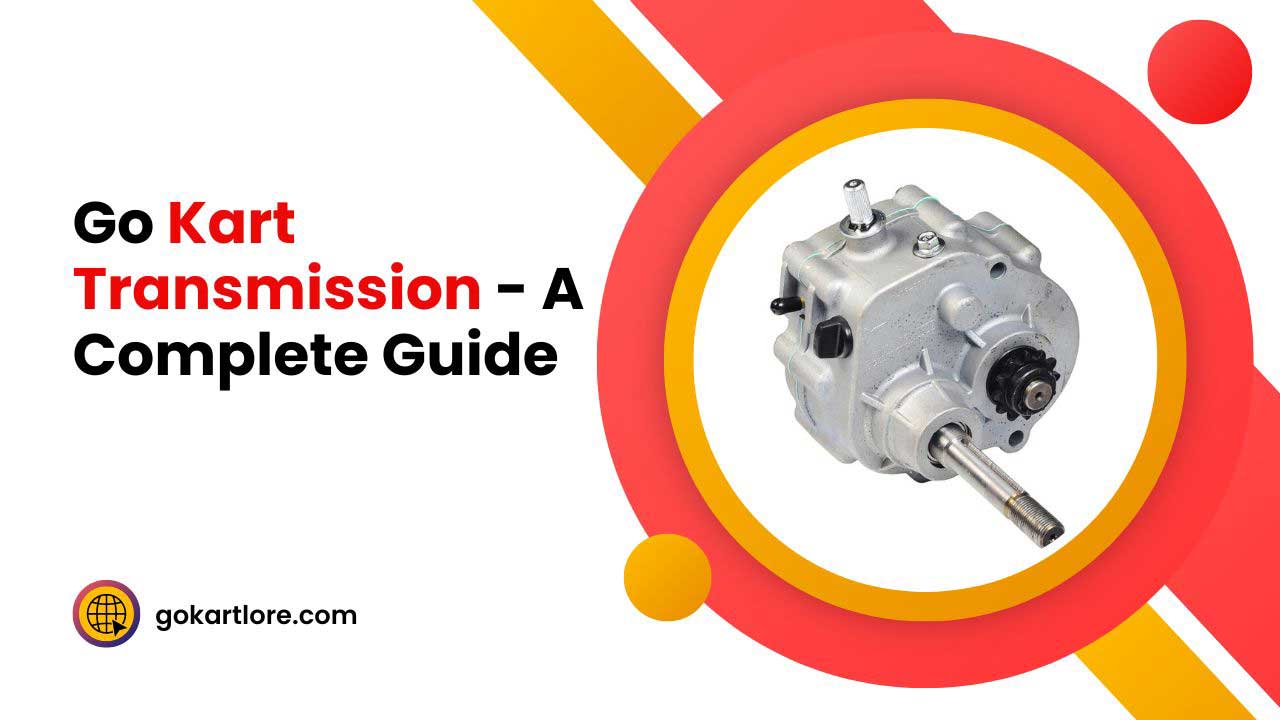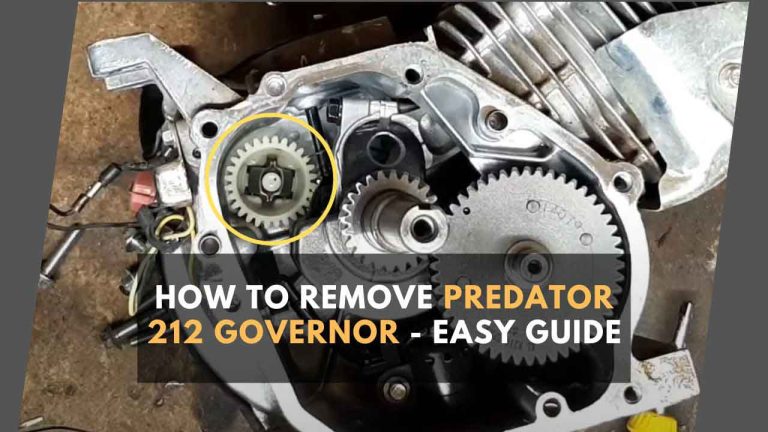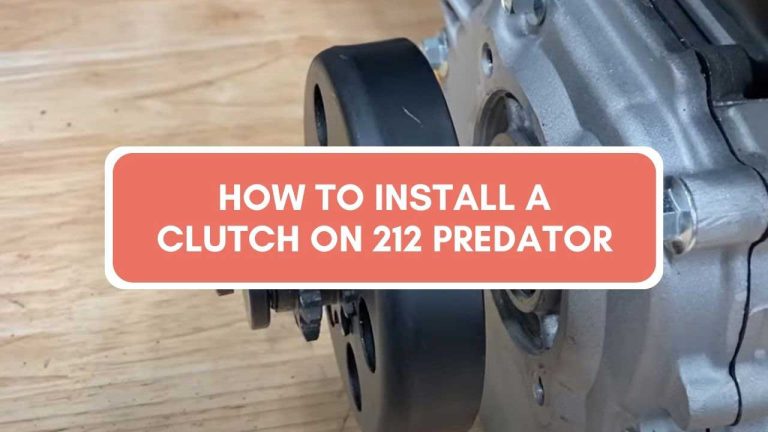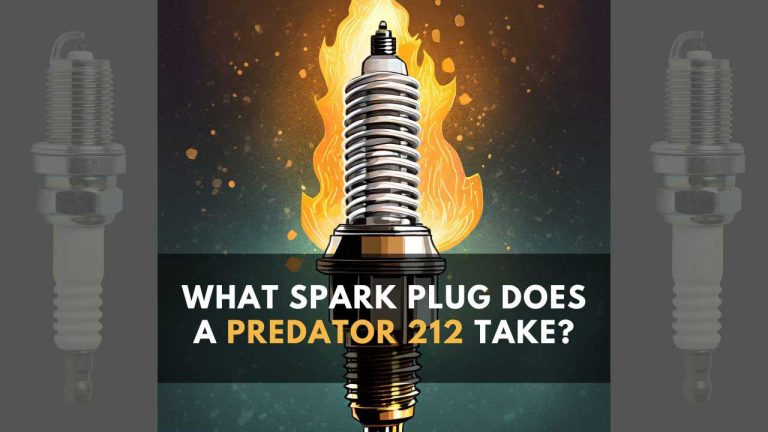Go Kart Transmission – A Complete Guide
Transferring power in the go-karts, from the engine to the wheels, consists of several factors. The kart is a complete structure, which includes transmission, steering, engine, and chassis. The transmission provides complete control over the power that an engine generates.
Here, we will discuss the multiple types of transmission and how does the power transfer work in a go-kart. Before going to the transmission types, we will let you know what is a go-kart transmission.

Contents
What is a Transmission?
In simple words, one of the essential parts of the go-kart is the transmission. The kart’s axle receives the power generated by the engine’s crankshaft through this device. Due to the fact that karts are typically rear-wheel drive, the transmission is attached to the rear axle.
- The No Transmission (Direct Drive)
- Automatic Transmission (Clutch and Torque Converter)
- Manual Transmission (Gear Box)
The three common go-kart transmission types offer distinct advantages, suitable for various purposes. Homebuilt karts often opt for direct drive or programmed transmission, while professional racing karts typically use manual transmission. Each type serves specific functions based on its intended use.
Direct drive Kart:
Typically, the go-kart drive systems don’t have a transmission, whereas the ones we see are smaller karts (small engine transmission) or electric ones that are homemade. Usually, the homemade go-kart transmissions have been, in actuality, the direct drive. Here is what you need to know about all this!
In this, it gets the power directly from the engine to the axle with the help of a roller chain. Also, I would mention that many people don’t know that the kart doesn’t have the adjusted power transfer.
Moreover, talking about the speed, that can be done from the brake pedals, whereas the gear ratio doesn’t change. Gas-powered go-karts often have automatic or manual transmissions, but electric go-karts are direct drives thanks to electric speed controls.
The Direct drive works well with little electric go-karts and is the most affordable to construct. As a result of the constant circular action, they cannot be left inactive, and parts wear out more quickly. For young drivers, it is typically employed at recreational parks.
Automatic Transmission:
The automatic transmission provides the right setting to utilize the greatest power from the engine by engaging and disengaging the engine crank at specific RPMs. If the transmission isn’t engaged, the kart can continue to run at a standstill. To dig deeper into the details, automatic transmissions are classified into two types:
- Clutch transmissions
- Torque converter transmissions
Go-kart clutch:
A clutch transmission in go-karts facilitates movement by connecting the engine to the wheels. As the engine generates energy, a clutch directly coupled to it applies force, transferring power to the rear wheels through a chain. This transmission ensures a constant speed without gear changes or speed variations.

Working on the clutch transmission
When the crankshaft RPM reaches 1400-1600, the clutch will be engaged and will create an external force for the tension spring expansion, and the shoe or flyweight will move outward. It will cause the frictional material to physically contact the clutch’s inner drum. After making full contact, the clutch will completely engage with the shaft. The rare wheel will spin via the chain when the clutch rotates around the crankshaft. It will happen at 1800 RPM.

Moreover, you should not run the engine at a low RPM because it will create a slippage problem between the clutch. Therefore, it is always used in constantly high-speed accelerating go-karts.
Clutch transmission types
- There are different types of clutch transmission, which are given below;
- Centrifugal clutch
- Belt clutch
- Hydraulic clutch
- Electric clutch
Go Kart Torque Converter
It is a variable transmission for go-karts, which means that the gear ratio will vary in accordance with the RPM. The gear ratio is the teeth ratio between the driven and driver pullies. At the low RPM, the crankshaft’s rotational motion will be adjusted by the increase in gear ratio.
Moreover, when the crank rotates at a high speed, the gear ratio will decrease. To generate the necessary power at low RPM, the torque converters are the best for go-karts with inclined surfaces or heavy loads. Mainly, these are used in the homemade and off-road go-karts.
The pulleys spin between the axle and crank. There are belts between the pulleys, which deliver the rotational force to the pulley from the engine. The converter will completely engage at 1500 RPM. The go-kart may idle before the RPM. The torque converter will engage at the low RPM, allowing the kart to drive.
Working on torque converter transmission
The driver pulley connects to the crankshaft. After maintaining the specific RPM by the crank, the pulley will be clamped to the belt, which will rotate the pulley. The belts are used to connect the driven pulley to the driver pulley. When the driver pulley rotates, the driven pulley will also rotate, changing the gear ratio. A sprocket and chain connect the rear axle to the driver pulley. It rotates the axle and lets the kart wheels move.
Moreover, the pulley will be disengaged at less than 1500 RPM. The kart will remain idle. And the torque converter transmission wear will be shallow.
Go-kart gearbox (Manual transmission)
The manual transmission go-karts are also known as shifter karts. They have a gearbox integrated into the go-kart engines with transmission. You may be wondering how many gears does a shifter kart has. Generally, it is a six-speed gear transmission having multiple gear ratios. For the different speeds, the drivers can select the best gear. You should take care of the maintenance regularly because the gearbox mechanical parts require changing the lubricants.
Conclusion
In this article, we covered all the aspects of the go-kart transmission and its types. All the types of go-karts with transmission are explained so that you can understand which type is the best option for you. Set your requirements and choose the best option for you. Good Luck!

Meet Borrows Alicia, a seasoned go-karting enthusiast with 16 years of experience. I’ve been a respected coach at a Florida karting academy since 2012, showcasing a passion that goes beyond the track. I generously share my wealth of knowledge through thoughtful articles, aiding enthusiasts and aspiring racers on their journey.



![Should Go Karts Have Seat Belts – Complete Review [2024]](https://gokartlore.com/wp-content/uploads/2023/09/Should-Go-Karts-Have-Seat-Belts-Complete-Review-2023-768x432.jpg)


